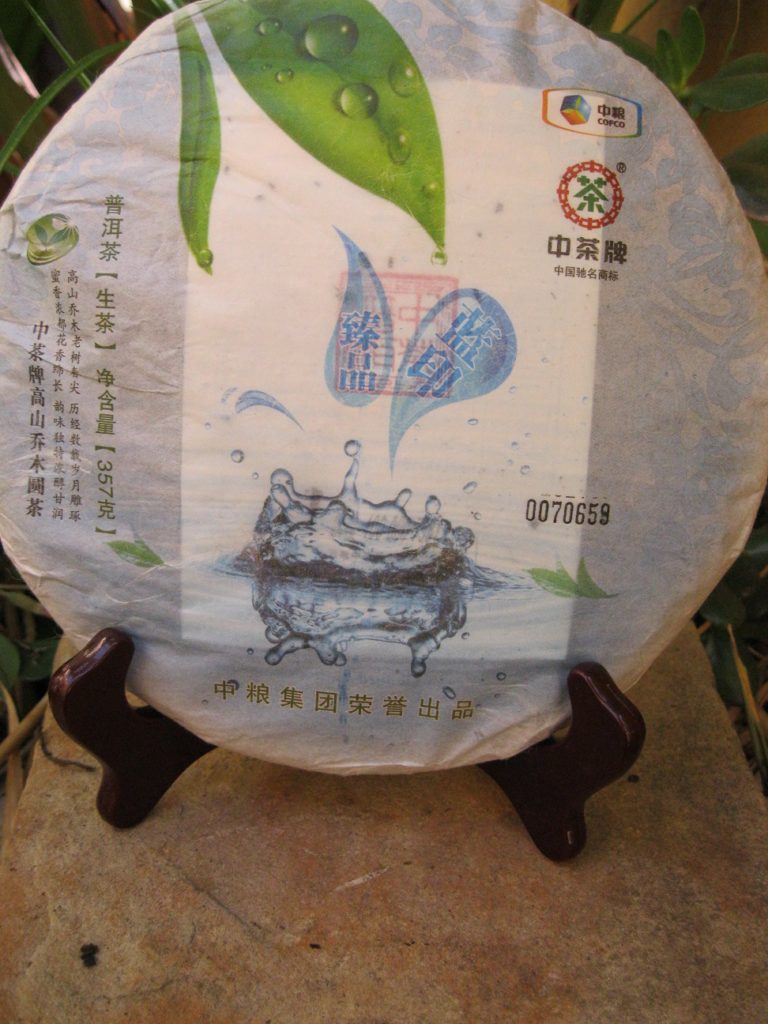The Dark Side of Puerh: Wet Storage

The dark side of puerh refers generally to storage methods associated with Taiwan and HK. There’s also Malaysia and some outliers in Yunnan itself, but these tend to be quite a bit less common.
I was recently gifted a sample of the 2000 Blue Mark, CNNP, which had been Taiwan stored for 18 years. It was proudly being offered by The Global Tea Hut, an outfit that takes a decidedly spiritual approach to tea.
Just one whiff of the Blue Mark gave the impression of a pretty darn wet storage. I was excited to give it a try, since I’ve tasted a few Blue Marks that were younger and Kunming dry stored. The Blue Mark is the epitome of a Zen production, a reference that means the bulk of the material hails from Yiwu. Yiwus have a reputation for getting better with age, perhaps more so than others, where the focus tends to be more on the settling of the aggressive notes. This applies particularly to Menghais and Jingmais. As far as any of this is concered, we’re talking about plantation puerhs, as the profile of ancient arbors vary greatly.
The storage effects from Taiwan and others are very popular among some puerh enthusiasts. Heat and humidity expedite the transformation process, while adding a microbial profile that is highly desired and usually absent from KM productions of a similar age.
This microbial profile can vary widely, but it accounts for a bona fide “dirt” taste. Profoundly wet stored productions not only taste dirty but also possess a dankness or rottenness, sometimes straight up moldiness. And before one shutters in horror, perhaps bleu cheese might offer some perspective. Executed well, wet storage can offer an added depth to a production. That said, seriously wet stored offerings are far from my favourite, as the microbes often distract from the tea itself.
A final point on wet-stored puerh involves a discovery made when storing here in LA a filthy late 80s production. In short, the filth can be “cooked” out, giving rise to rich cinnamon notes and a complete fusion between the storage and the raw material itself. “Cooking” here is long term storage under the varying intensity that productions receive here under the LA seasons.
Now to my findings on the 2000 Blue Mark. . .
- Clean dry dirt with a hint of cinnamon.
- The liquor is stunningly beautiful, glimmering and crystal clear
- Full-body qi effect, particularly around the chest, back of neck, and top of head
As far as the effects of Taiwan storage on Yiwu material, I can’t say that it changes it much if at all. There aren’t any camphor or petrol notes that develop, for example. It doesn’t appear to be any richer than the younger Blue Marks, though it is likely less astringent. These changes or lack thereof as the case may be may only be applicable to the Blue Mark itself and not to Yiwus in general.
